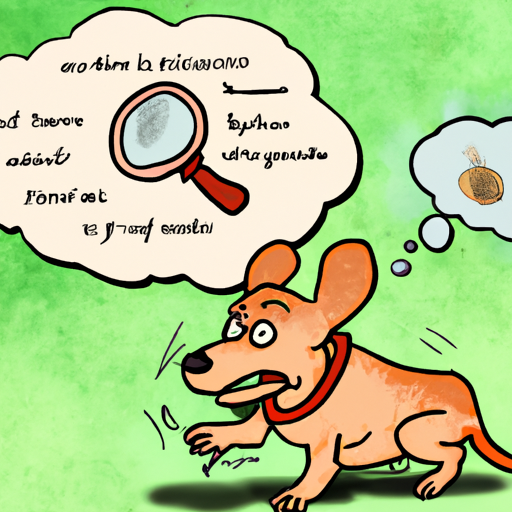As a loyal pet owner who deeply cares for your dog’s well-being, it’s important to understand what causes fleas in dogs. Fleas are more than a simple nuisance; they’re a significant health risk for your canine companion. These tiny insects can cause a range of problems from mild itching and discomfort to severe allergic reactions and diseases.
Table of Contents
- Understanding Fleas
- Causes of Fleas in Dogs
- How to Identify Fleas
- Preventing and Treating Flea Infestations
- Frequently Asked Questions
Key Takeaways
- Fleas are tiny insects that survive by feeding on the blood of mammals, including dogs.
- Your dog can get fleas from various sources, including other infested animals and the environment.
- Fleas can cause severe discomfort and health issues in dogs.
- Regular flea prevention and treatment can help keep your dog flea-free.
Understanding Fleas
Fleas are tiny, wingless insects that survive by feeding on the blood of mammals, including dogs. They are agile, fast-moving creatures that can jump up to two feet high – quite a feat considering their size. This jumping ability allows them to easily move between hosts and environments, making them a widespread issue for pet owners.
Fleas are not just an annoyance; they pose a significant health risk to dogs. Flea bites can cause severe itching and lead to skin infections. Some dogs are allergic to flea saliva, leading to a condition known as Flea Allergy Dermatitis (FAD). Fleas can also transmit parasites like tapeworms and diseases such as Bartonella, which can lead to serious health issues in dogs.
There are many types of fleas, but the most common type that affects dogs in the United States is the cat flea (Ctenocephalides felis). Despite its name, the cat flea affects both cats and dogs.
Causes of Fleas in Dogs
Understanding what causes fleas in dogs is crucial for prevention. Here are the primary sources of infestation:
-
Contact with Infested Animals: Dogs can get fleas through direct contact with other infested animals. This includes other dogs, cats, and wildlife such as raccoons and rodents.
-
Environment: Fleas can survive in the environment for several months without a host. Your dog can pick up fleas from infested environments like your yard, dog parks, or even inside your home.
-
Human Transportation: Fleas can also hitch a ride on your clothes or shoes, infesting your pet indirectly.
How to Identify Fleas
Identifying a flea infestation early can prevent more serious health issues. You might notice your dog scratching or biting at their skin more than usual. You may also see small, fast-moving, dark spots in your dog’s fur. These are likely fleas.
Other signs can include red and inflamed skin, hair loss, and the presence of flea dirt (tiny black specks that turn reddish-brown when wet). A more detailed guide on identifying fleas is available here.
Preventing and Treating Flea Infestations
Preventing fleas is easier than treating an infestation. Here are some steps to keep your dog flea-free:
-
Regular Flea Treatments: Use flea treatments regularly, as recommended by your veterinarian. Options include topical treatments, oral medications, flea collars, and more.
-
Regular Grooming: Regular grooming, including baths and brushing, can help you spot signs of fleas early.
-
Clean Environment: Regularly clean your home and yard to eliminate any potential flea habitats. This includes vacuuming carpets and rugs, washing pet bedding, and keeping your yard clean and well-maintained.
If your dog is already infested with fleas, consult your vet for the best course of action. Treatment usually involves a multi-pronged approach, including treating your dog directly, cleaning your home to remove any fleas or eggs, and sometimes treating your yard.
You can find more in-depth information on preventing and treating flea infestations in dogs here.
Frequently Asked Questions
- Q: Can indoor dogs get fleas?
A: Yes, indoor dogs can also get fleas. Fleas can be brought into your home on your clothes or shoes, or by other pets.
- Q: Can fleas infest a dog’s bedding?
A: Yes, fleas can live in a dog’s bedding. Regularly washing your dog’s bedding can help prevent an infestation.
- Q: Can fleas cause diseases in dogs?
A: Yes, fleas can transmit diseases and parasites to dogs, including tapeworms and Bartonella.
For more information on how to keep your dog healthy and happy, check out these articles on OneTopDog:
- The importance of regular vet check-ups
- Understanding your dog’s nutritional needs
- How to properly groom your dog at home
In conclusion, as a caring dog owner, your mission is to protect your four-legged friend from fleas. Understanding the causes of flea infestations and taking preventive measures can help ensure your dog lives a comfortable, flea-free life.



